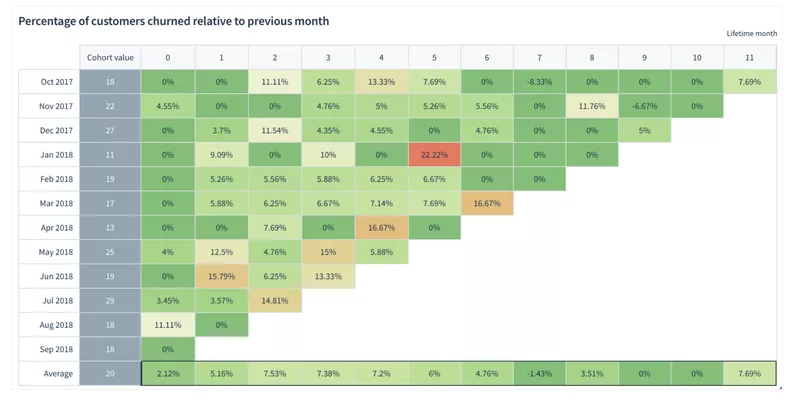What is Cohorts?
A Cohort refers to a group of users who share a common characteristic within a defined period.
Detailed Explanation
Cohorts refer to a group of users who share a common characteristic within a defined period. In the context of SaaS, cohorts are often used in cohort analysis to track and understand user behavior over time. Users can be grouped based on their sign-up date, subscription type, or any other defining attribute. For instance, a cohort could be all users who signed up for a trial in January. By analyzing cohorts, SaaS companies can gain insights into trends, user retention, and product engagement. Cohort analysis allows SaaS CEOs and CMOs to identify patterns and trends over the lifecycle of a customer, rather than relying on a static snapshot in time. This provides a more dynamic and accurate view of customer behavior, informing strategic decisions related to product development, marketing, and customer retention. A common misunderstanding about cohorts is that they are static. However, cohorts are dynamic and change over time as the user base evolves and grows.

Why It Matters?
Cohort analysis allows SaaS CEOs and CMOs to identify patterns and trends over the lifecycle of a customer, rather than relying on a static snapshot in time. This provides a more dynamic and accurate view of customer behavior, informing strategic decisions related to product development, marketing, and customer retention.
Potential Misunderstandings
A common misunderstanding about cohorts is that they are static. However, cohorts are dynamic and change over time as the user base evolves and grows.
Frequently Asked Questions
1. How are cohorts used in SaaS analytics?
Cohorts are used in SaaS analytics to group users who share a common characteristic. This can provide insights into behavior patterns and trends, informing business strategy and decision-making.
2. Can cohorts change over time?
Yes, cohorts can change over time as new users join or leave, or as their behavior or characteristics change.
